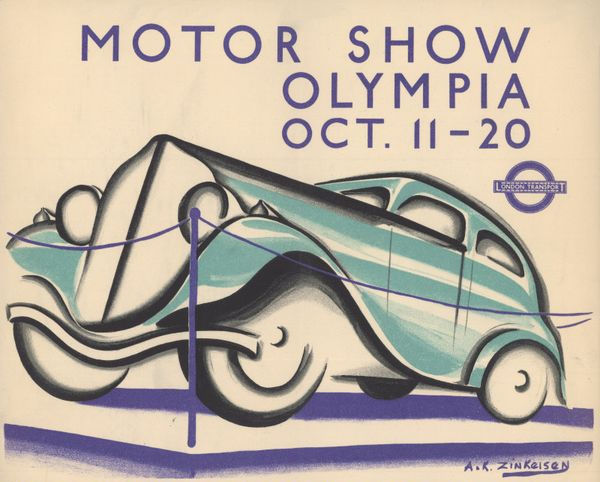Most Golf Buggies Are Not Bought by Golfers
- Editor OGN Daily
- Jul 13, 2021
- 2 min read
Name a thing that people use for leisure or recreation and it’s a safe bet that sales boomed during the pandemic. Golf carts are no exception. But here's the surprise: in some places 90 percent of buyers are not golfers.

“The pandemic exploded our business,” said John Evans, who has been running Mission Golf Cars in San Antonio, Texas for 40 years. Sales are up 30 percent since the pandemic began, he said.
The buyers driving this surge aren’t traditional golf cart customers - retirees looking for a way to get from tee to tee - but rather a new, younger clientele who are using their carts for neighborhood trips. And the vehicles they’re buying aren’t their grandparents’ golf carts. Many sit more than half-a-foot off the ground, with seating for up to six, peak horsepower approaching 30, and a price tag often north of $15,000.
An increasing number also come with lithium-ion batteries like those found in full-size electric cars. Together, the arrival of lithium and the rise of off-course uses are transforming the golf cart industry from a niche supplier of a sport in decline to a growing part of the micro-mobility revolution, reports Bloomberg Green.
“Of our total business, maybe ten percent of it is selling golf cars to golfers,” said Evans.
At Club Car, a leading golf cart manufacturer based in Augusta, Georgia, consumer sales have roughly doubled since the pandemic began, according to Jeff Tyminski, vice president of marketing and product management. Half, he said, are to customers who will never take the car on a golf course. “The pandemic accelerated this rise in the younger families who don't play golf and are just using it as a lifestyle vehicle,” he said.
“We think this category can be a pretty meaningful part of the sustainability conversation,” said Tyminski. “You start to replace those short-trip automobile miles with small-wheel electric vehicles, there’s a pretty large sustainability benefit to go along with that.”



